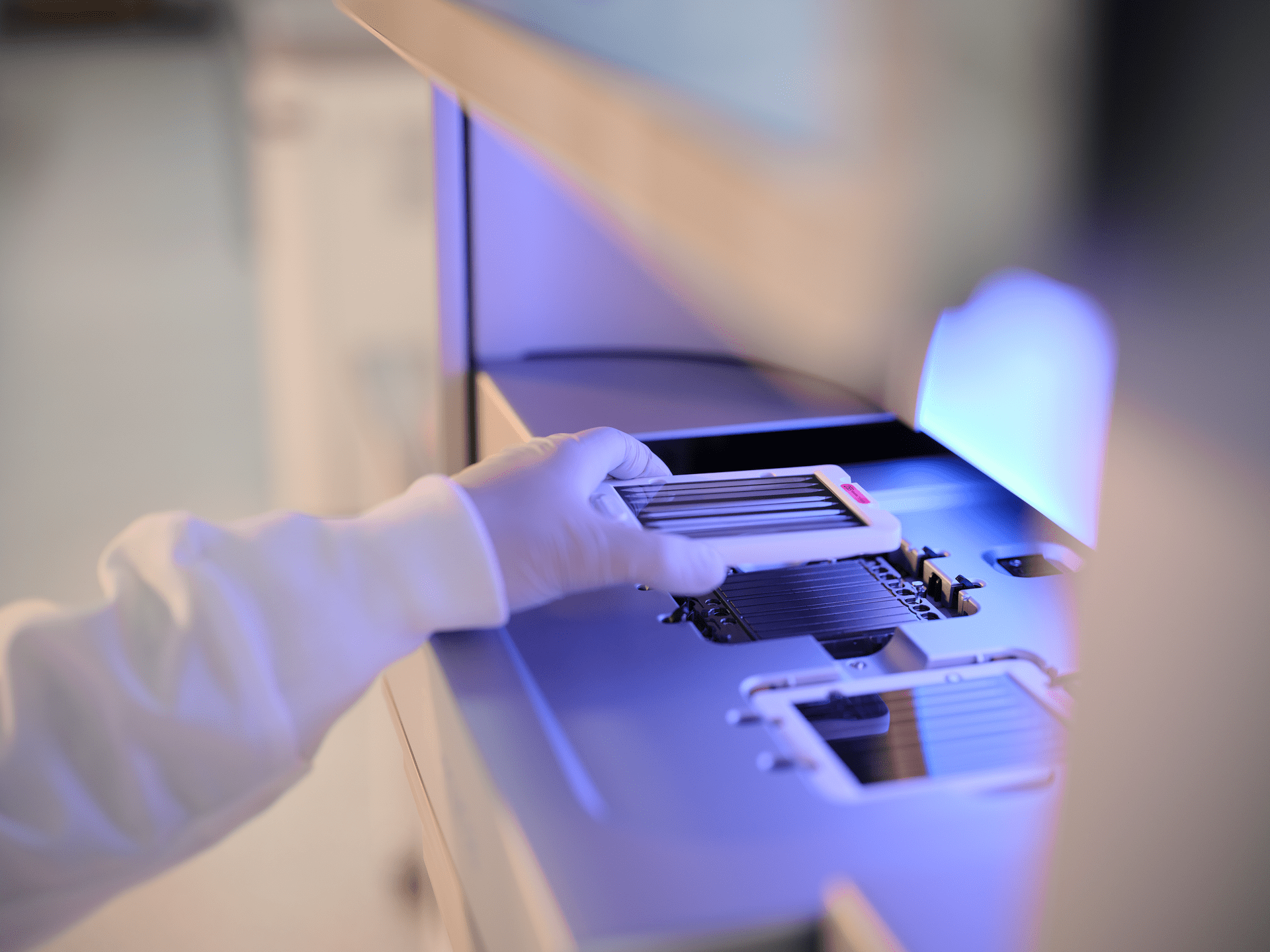
Illumina Sequencing
BRF Illumina NGS technologies support a wide range of genomic applications, such as whole genome & exome sequencing, RNA-seq, epigenetics, metagenomics, HiC and more.
Service theme
Facilities
Call to action
Content navigation
How to orderAbout
Illumina next-generation sequencing (NGS) is a massively parallel sequencing technology that offers ultra-high throughput, scalability, and speed. The technology determines the order of nucleotides in entire genomes or targeted regions of DNA or RNA. It leverages sequencing by synthesis (SBS) technology – tracking the addition of labelled nucleotides as the DNA chain is copied – in a massively parallel fashion.

Applications
In addition to our Illumina sequencing services, we offer library preparation in the following applications:
- Whole Genome Sequencing (WGS)
- RNA-seq
- Single Cell RNA-seq | 10x Genomics & Parse Biosciences
- HiC
- Amplicon Sequencing
How to order
The BRF offers preparation of libraries and sequencing, and also sequencing of libraries prepared externally.
For libraries prepared externally, please download and fill in the "Sequencing-Ready Libraries Order Form".
For samples being submitted to the BRF for library preparation and sequencing, please download and fill in the "BRF Library Preparation and Sequencing Order Form".
